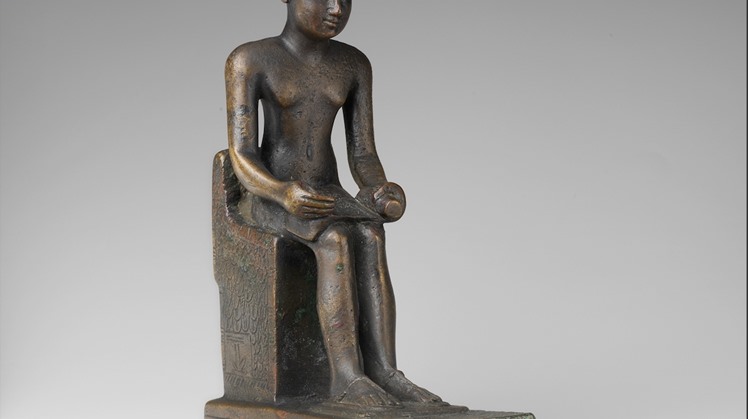We continue the series "The Lives of the Egyptians" with the encyclopedia "The Story of Civilization" by Will Durant, and stop with the beginning of the recorded ancient Egyptian civilization and its real characters that changed the whole world.
Before the year 4000 BC. M. These peoples who reside on the banks of the Nile had established a government of some kind for them. The people residing on the river’s shore were divided into sections, each section of which belongs to the same origin, and they had one slogan, and they were subject to one chief, and they worshiped one god with one ceremonies and rituals. These regional units remained in place throughout the ancient history of Egypt, and their rulers had a type of sultan whose strength, weakness and independence varied according to the strength and weakness of the greatest king.
And since every steadily growing system, its parts tended to depend on each other, these divisions began to organize themselves, pushed into this organization by the growing needs of trade and the increasing costs of war, until two kingdoms were formed from them, one in the south and the other in the north.
Perhaps this division was another form of the existing conflict between the Africans, the people of the South, and the Asian immigrants, the people of the North. This conflict, which increased the impact of geographical and racial differences, was altered by a temporary settlement when Mina “Mennis” - a figure still shrouded in some ambiguity - included the two countries under his unified authority. And he announced in the country a general law inspired by the god Tut, established the first historical royal families, and built a new capital for his king in Memphis. .
The greatest real figure known to history was not a king, but an artist and a scientist, and that is the character of Imhotep, the doctor, engineer, and chief advisor to King Djoser (about 3150 BC). Its sciences and arts. At the same time, it appears that he is the one who created the sect of engineers that provided the next dynasty with the greatest builders in history.
The Egyptian narrative says that the first stone house was erected under his supervision, and that he was the one who designed the oldest Egyptian building existing to these days, which is the Step Pyramid of Saqqara. It also appears that he was the one who designed the funeral structure of Djoser and its beautiful columns similar to the azure flower "Lotus" and its walls covered with limestone. More beautiful than what Greece saw later on, as we find in it reliefs overflowing with realism and vitality, green pottery, and colorful pottery coated with a glaze - comparable to what Italy produced in the Middle Ages. There we also find a strong stone statue of Zoser himself, except for time, so he obliterated some of its detailed features, but it reveals a face with sharp, piercing looks and a thinking mind. The great mineral that was extracted from the land of Egypt during the reign of the last king of the Third Dynasty, and it may be what the Egyptian merchants achieved from the superiority in the Mediterranean trade, and the cruelty of Khufu may be the first king of this new house. Herodotus left us what the Egyptian priests told him about the builder of the first pyramid of Giza. He said: “And they tell me now that justice has been distributed in installments, and that prosperity has prevailed throughout Egypt until the days of the reign of Rahimicins. Then Cubes ruled after him and committed all kinds of evils; That is because he closed all the structures... and subjugated the Egyptians to serve him alone... So he appointed a group of them to cut stones from the quarries in the Arab mountains and transport them to the Nile, and ordered another group to receive the stones after they were transported in the river on ships... and a hundred thousand of them worked in the field. Each shift, and each shift, works for three months, and all of them toil for ten years in constructing the road on which the stones were transported, a work that I consider to be no less difficult than the construction of the pyramid itself.
 Thu, Sep. 2, 2021
Thu, Sep. 2, 2021